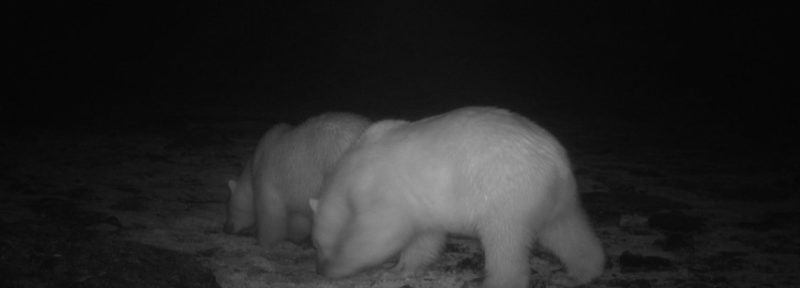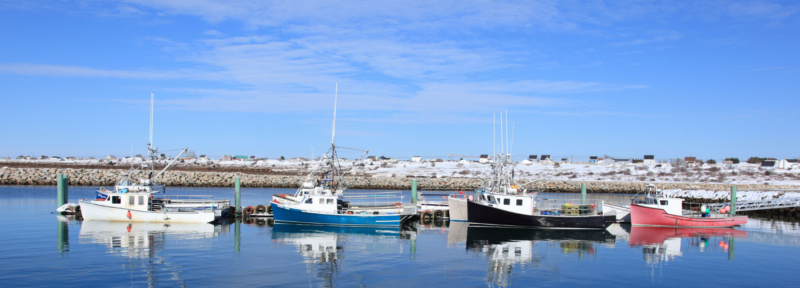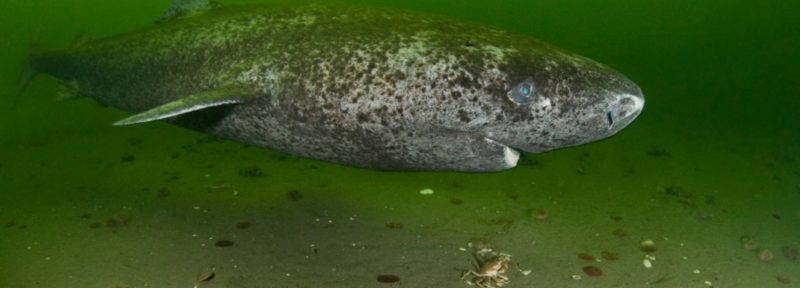Pathways to Managing Fisheries in an Age of Climate Change
Culturally and economically, fisheries are hugely important to our country. Marine fisheries and fishing-related activities in Canada employed over 70,000 people in 2019, and landings were valued at $3.7 billion. However, climate change is creating an uncertain future for fish stocks and marine biodiversity.
In Atlantic Canada and the Eastern Arctic, climate change has had or will have a range of effects on marine species: some will migrate, others will decrease in size or become more vulnerable to disease. To ensure a sustainable future for commercial marine fisheries, managers and decision makers need to make informed decisions that incorporate climate change into fisheries management—but so far, Canada has not been doing a good job of that.
In 2021, Oceans North released a report that outlined a step-by-step model for incorporating climate change information into fisheries management. Now we’re launching a new series that expands on that and other work and will focus on key fisheries in Atlantic Canada and explain how, using a four-step pathway, we can better integrate existing information and climate knowledge into fisheries decisions. The three species we will look at initially are Atlantic mackerel, Northern Gulf cod, and American lobster. These are interesting case studies as they differ in stock health as well as their level of risk from climate change impacts. Thus, the priorities and recommended actions are also different.
While the outcomes we show will be different, the steps along the pathway will remain the same:
The first step will involve scoping and background research to look at the data and knowledge for each stock or species so that we can understand what impacts the effects of climate change and shifts in the ecosystem might have. This includes answering questions such as: Is the stock currently overfished or considered to be at risk? How is the fishery stock assessment conducted? How available is the fishery, climate, and ecosystem data? What are the data deficiencies or gaps? What knowledge exists about the stock from Indigenous communities and harvesters?
The third step is to determine the social risk from climate change—i.e., the potential for adverse consequences on harvesters and the fishing community—and to rank it as low, medium or high priority for action. Just as some marine species will find it easier or harder to adapt to the effects of climate change, some groups of people will find it easier or harder to adapt to the changing circumstances facing their fisheries. For example, how many are employed in the fishery and what is its economic importance? Is the fishing sector able to adapt to climate change by changing the gear they use or the places they go? How reliant is the industry on a particular species or stock? What’s the cultural value of the fishery to communities?
The story begins with a deep dive on Atlantic mackerel. Read it here, and keep an eye out for the next post in our series!
Katie Schleit is Oceans North’s Fisheries Director.








